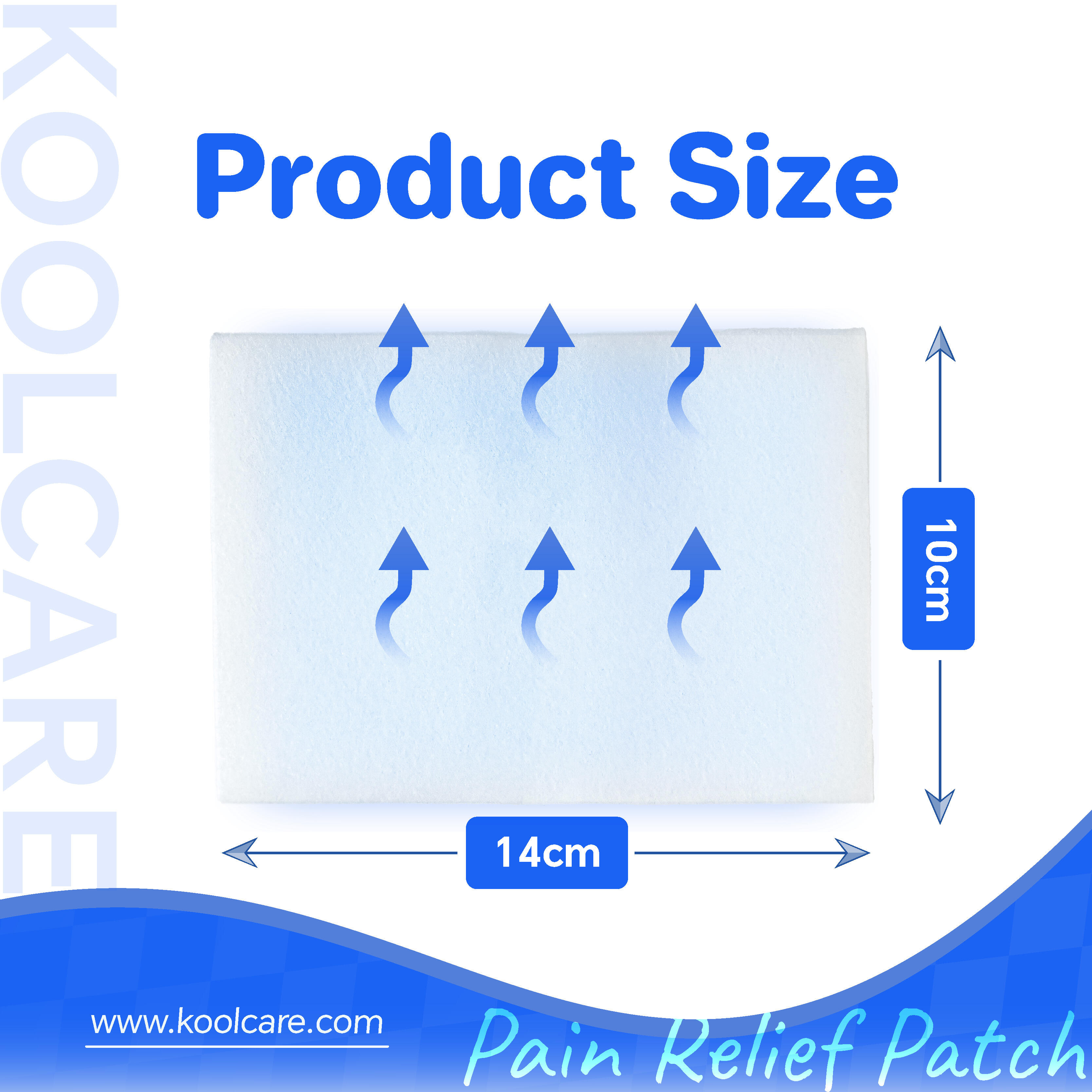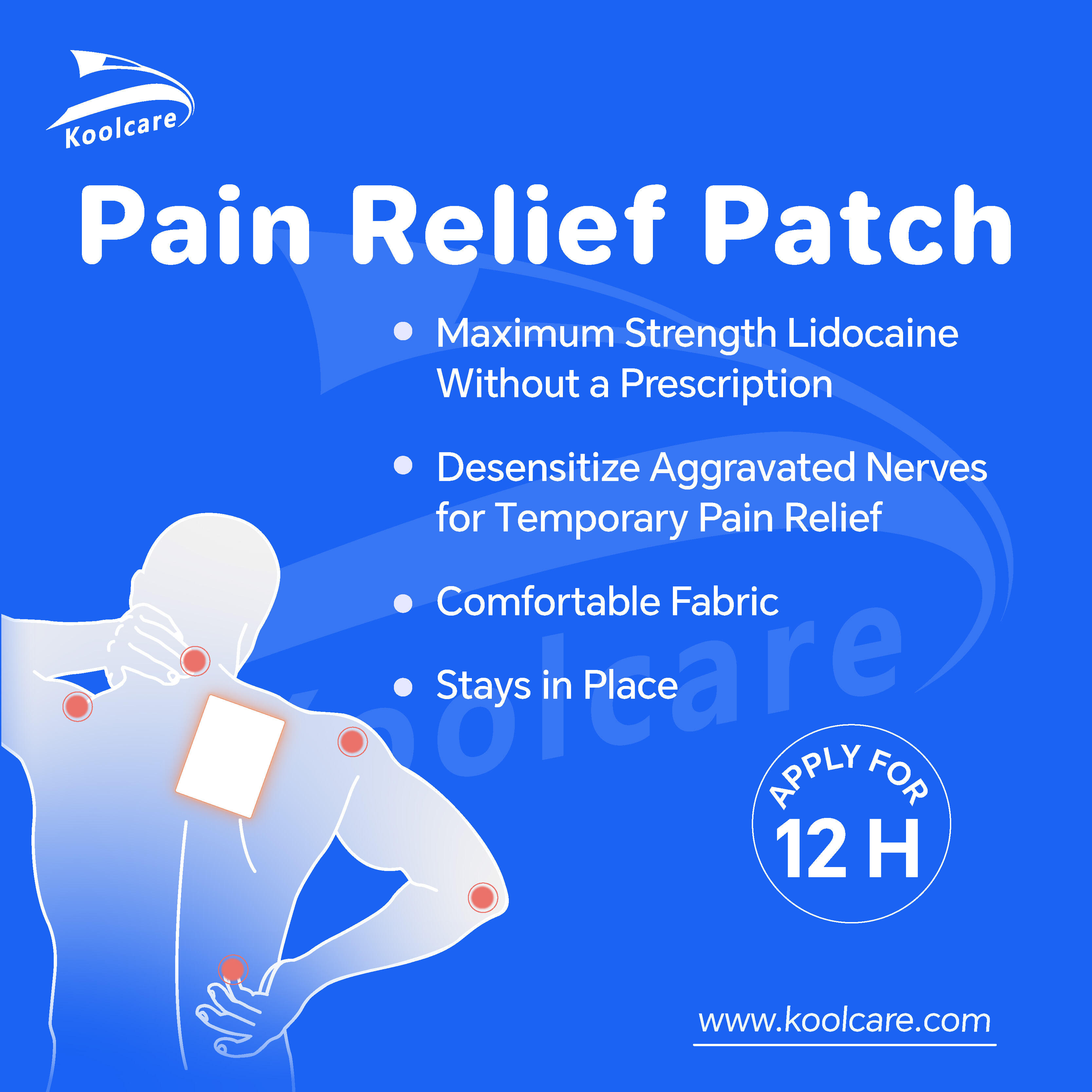İhtiyacınıza Uygun Doğru Ağrı Kesici Yama Nasıl Seçilir?
Ağrı, insanların günlük yaşamında karşılaştığı en yaygın sağlık sorunlarından biridir. Kas zorlanması, eklem sorunları, baş ağrıları, adet krampı veya eklem romatizması gibi kronik durumlar ağrının kaynaklarından biri olabilir. Ağrı ile başa çıkmak için birçok yöntem olmakla birlikte, giderek popülerleşen bir seçenek de aĞRI DINCELTME YAMASI kullanımı şeklindedir. Bu yama, etkilenen alana doğrudan terapötik içeriklerin iletilmesi için pratik ve invaziv olmayan bir yöntem sunar. Piyasada birçok farklı seçenek bulunduğu için, ihtiyaçlarınıza uygun aĞRI DINCELTME YAMASI seçmeyi anlamak hayati öneme sahiptir.
Bu makale, yama çeşitlerini, çalışma prensiplerini, seçim sırasında dikkate alınması gereken faktörleri ve kullanımında güvenli ve etkili ipuçlarını ele almaktadır.
Ağrı Kesici Yama Nedir?
Ağrı kesici yama, rahatsızlık hissedilen bölgenin üzerine doğrudan uygulanan, ilaçlı yapışkan bir yamadır. Ağrı kesici bileşenleri yerel olarak ciltten alttaki dokuya ya da sistemsel olarak kan dolaşımına geçerek taşır. Bu yamalar, birkaç saat hatta gün boyunca sürecek şekilde sürekli rahatlama sağlayacak şekilde tasarlanmıştır ve bu nedenle oral yoldan alınan ilaçların pek çok dozunu almak istemeyen bireyler için uygundur.
Ağrı kesici yamalar farklı boyutlarda ve formülasyonlarda mevcuttur. Bazıları geçici olarak hafif ağrıların giderilmesi için tasarlanırken, diğerleri daha ciddi ya da kronik durumlar için uygundur. Etkinlikleri, aktif bileşenlerine, tedavi edilen ağrı tipine ve kullanım biçimine bağlı olarak değişir.
Ağrı Kesici Yamaların Türleri
Soğutucu Yamalar
Soğutma yama, ciltte soğutma hissi oluşturmak için mentol, kamfor veya benzeri bileşenleri kullanır. Bu durum sinirleri uyuşturur ve kas ağrıları, hafif yaralanmalar veya baş ağrıları için geçici rahatlama sağlar. Soğutma yamaları, iltihap ve şişlik bulunduğu akut yaralanmalar için özellikle etkilidir.
Isıtma Yama
Isıtma yama, doğal ısı üreten reaksiyonlarla veya kapsaisin gibi bileşenler kullanarak ısı üretir. Isı, kan dolaşımını artırır, gergin kasları rahatlatır ve eklem sertliğini gidermeye yardımcı olur. Bu yamalar genellikle bel ağrısı, artrit veya adet sancısı gibi durumlar için kullanılır.
İlaçlı Yama
İlaçlı ağrı kesici yamalar lidokain, diklofenak veya diğer nonsteroid antiinflamatuar ilaçlar (NSAID) gibi ilaçlar içerir. Bu yamalar, ilacı etkilenen alana doğrudan vererek ağrı ve iltihaplanmayı azaltır ve oral ilaçlara ihtiyaç olmadan tedavi sağlar.

Bitkisel ve Doğal Yama
Doğal tedavileri tercih eden bireyler için bitkisel ağrı kesici yapışkan yama ürünleri mevcuttur. Bu yamalar arnika, zerdeçal, zencefil veya Çin tıbbi otları gibi içerikler içerebilir. Bitkisel, hafif bir rahatlama sağlarlar ve genellikle hafif ağrılar veya bütüncül bakım için kullanılırlar.
Reçeteli Yamalar
Kronik veya şiddetli ağrı durumlarında doktorlar opioidler veya diğer güçlü ilaçlar içeren daha güçlü ilaçlı yama ürünlerini reçete edebilir. Bu yamalar uzun süreli rahatlama sağlarlar ancak yan etkilerden veya bağımlılıktan kaçınmak için dikkatli bir şekilde tıbbi gözetim altında kullanılmalıdır.
Ağrı Kesici Bir Yama Seçerken Dikkat Edilmesi Gereken Faktörler
Ağrı Türü
Doğru yamayı seçmenin ilk adımı, yaşadığınız ağrının türünü belirlemektir. Kas gerilmesi veya yaralanmalar için soğutan yamalar en iyi şekilde işleyebilir. Sertlik veya kronik ağrılar için ise ısıtan veya ilaçlı yamalar daha uygun olabilir. Adet krampı için ısıyan yamalar genellikle en etkili olanıdır.
Ağrı Yeri
Ağrının yeri, seçmeniz gereken yama boyutunu ve şeklini belirler. Bazı yamalar sırt gibi büyük alanlar için tasarlanırken, bazıları eklemeler veya belirli noktalar için küçük ve esnektir. Doğru boyutu seçmek, yeterli kaplamayı ve etkililiği sağlar.
Rahatlama Süresi
Farklı yamalar değişen sürelerde rahatlama sağlar. Bazıları yalnızca birkaç saat etkili olurken, bazıları 24 saat veya daha uzun süre takılı kalabilir. Gün boyu veya gece boyu devamlı rahatlama ihtiyacınız varsa, uzatılmış salım özelliğine sahip bir yama seçin.
Hassasiyet ve Cilt Türü
Yamalar doğrudan cilde uygulandığından, alerjilerinizi veya hassasiyetlerinizi göz önünde bulundurmak önemlidir. Özellikle mentol veya kabak tatlısi gibi bazı içerikler hassas bireylerde tahrişe neden olabilir. Yeni bir ürün kullanmadan önce etiketi kontrol edin ve küçük bir alanda test yapın.
İçindekiler
İçindekiler listesini okumak çok önemlidir. Doğal tedaviler tercih ediyorsanız bitkisel plastralar ideal olabilir. Daha güçlü bir rahatlama ihtiyacınız varsa aktif farmasötik maddeler içeren ilaçlı plastraları tercih edin. Bildiğiniz alerjik reaksiyonlara neden olabilecek maddeler içeren ürünleri kullanmaktan kaçının.
Kullanımı Kolay
Bazı plastralar esnektir, nefes alabilir ve uzun süre takılı kalmak için konforludur. Diğerleri hacimli hissettirebilir veya cilt tahrişine neden olabilir. Uygulanması kolay ve takılması konforlu olan bir plastıra yönelmek, plastru düzenli ve etkili bir şekilde kullanmanızı sağlar.
Maliyet ve Kullanılabilirlik
Ağrı kesici plastraların fiyatı, içerdiği maddeler ve markasına göre değişiklik gösterir. Reçeteli plastralar pahalı olabilirken, reçetesiz satılan alternatifler genellikle uygun fiyatlıdır. Bütçenizi ve plastru ne sıklıkla kullanmayı planladığınızı düşünerek seçim yapın.
Ağrı Kesici Plastır Kullanmanın Faydaları
Ağrı kesici yama, rahatsızlık duyulan bölgenin doğrudan üzerine etki ederek lokal tedavi sağlar. Kullanımı kolay ve dikkat çekmeden uygulanabilir olması nedeniyle, bireyler günlük aktivitelerine aksamadan devam edebilir. Yama, sık aralıklarla doz tekrarı gerekmeden sürekli ve dengeli bir ağrı kesici etki sunar. Ağızdan alınan ilaçlara olan bağımlılığı azaltır; çünkü bu ilaçlar mideyi tahriş edebilir veya sistemik yan etkilere neden olabilir. Birçok ağrı kesici yama invaziv olmayan ve ilaç içermeyen yapıda olup doğal veya alternatif tedavi yöntemlerini tercih eden bireyler için uygundur.
Ağrı Kesici Yama Nasıl Güvenli Bir Şekilde Kullanılır
Ağrı kesici bir yamadan en iyi şekilde faydalanmak için şu ipuçlarını uygulayın. Yamanın doğru şekilde yapışması için temiz ve kuru cilde uygulayın. Çatlamış veya tahriş olmuş cilde koymayın. Kullanım süresi ve sıklığıyla ilgili talimatları paketteki açıklamalardan kontrol edin. Yan etki riskini artırmaması için önerildiği sayıdan fazla yama kullanmayın. Kızarıklık, kaşıntı veya yanma hissi oluşursa kullanımı hemen bırakın. Reçeteli yamalar için doktorunuzun talimatlarını dikkatle uygulayın.
Bir Doktora Ne Zaman Gitmalısınız
Ağrı kesici yamalar birçok hafif rahatsızlıkta fayda sağlasa da, temeldeki sorunların kür haline gelmez. Ağrı birkaç günden uzun sürerse, tedaviye rağmen kötüleşirse veya ateş, şişlik ya da uyuşukluk gibi diğer belirtiler eşlik ediyorsa mutlaka bir doktora danışın. Kronik ağrılar fiziksel terapi, ilaçlar veya yaşam tarzı değişikliklerini içeren kapsamlı tedavi planları gerektirebilir.
Sonuç
Doğru ağrı kesici plakayı seçmek, belirli ihtiyaçlarınızı, yaşadığınız ağrının türünü ve kişisel tercihlerinizi anlamaya bağlıdır. Soğutucu plakalar yaralanmalar ve şişlikler için en iyi seçenektir, ısıtıcı plakalar sertlik ve kramplarla başa çıkmada yardımcı olur, ilaçlı plakalar odaklanmış ilaç uygulaması sağlar ve bitkisel plakalar doğal ağrı reliefı sunar. Ağrı yerini, rahatlama süresini, cilt hassasiyetini ve maliyeti göz önünde bulundurarak durumunuz için en etkili plakayı seçebilirsiniz.
Ağrı kesici plakalar, rahatsızlığı yönetmek için pratik, ekonomik ve etkili bir yoldur. Uygun şekilde kullanıldığında, oral ilaçların risklerini göze almadan odaklanmış rahatlama sağlarlar. Geçici ağrılar ya da uzun süreli durumlar için doğru plaka, konforunuzu ve yaşam kalitenizi önemli ölçüde artırabilir.
SSS
Hangi tür ağrı kesici plakalar mevcuttur?
Soğutucu plakalar, ısıtıcı plakalar, ilaçlı plakalar, bitkisel plakalar ve reçeteli plakalar bunlara örnektir.
Gece boyu ağrı kesici bir yama kullanabilir miyim?
Evet, birçok yama uzatılmış kullanım için tasarlanmıştır ve gece boyu kullanılabilir, ancak her zaman ürünle birlikte verilen talimatları izleyin.
Ağrı kesici yamalar herkes için güvenli midir?
Çoğu reçetesiz satılan yama güvenlidir, ancak hassas ciltli kişiler, alerjileri olanlar veya medikal sorunları olanlar kullanım öncesinde bir sağlık uzmanına danışmalıdır.
Ağrı kesici yamaların yan etkileri var mıdır?
Bazı yamalar hafif cilt tahrişi veya kızarıklığa neden olabilir. İlacı yamalar ek yan etkilere sahip olabilir, bu nedenle kullanım talimatlarına uyulması önemlidir.
Ağrı kesici yamalar ilaçların yerini tutabilir mi?
Yerel olarak rahatlama sağlar ve oral ilaç ihtiyacını azaltabilir, ancak kronik ya da ciddi durumlar için reçete edilen tedavilerin yerine kullanılmamalıdır.
İçindekiler
- İhtiyacınıza Uygun Doğru Ağrı Kesici Yama Nasıl Seçilir?
- Ağrı Kesici Yama Nedir?
- Ağrı Kesici Yamaların Türleri
- Ağrı Kesici Bir Yama Seçerken Dikkat Edilmesi Gereken Faktörler
- Ağrı Kesici Plastır Kullanmanın Faydaları
- Ağrı Kesici Yama Nasıl Güvenli Bir Şekilde Kullanılır
- Bir Doktora Ne Zaman Gitmalısınız
- Sonuç
- SSS

